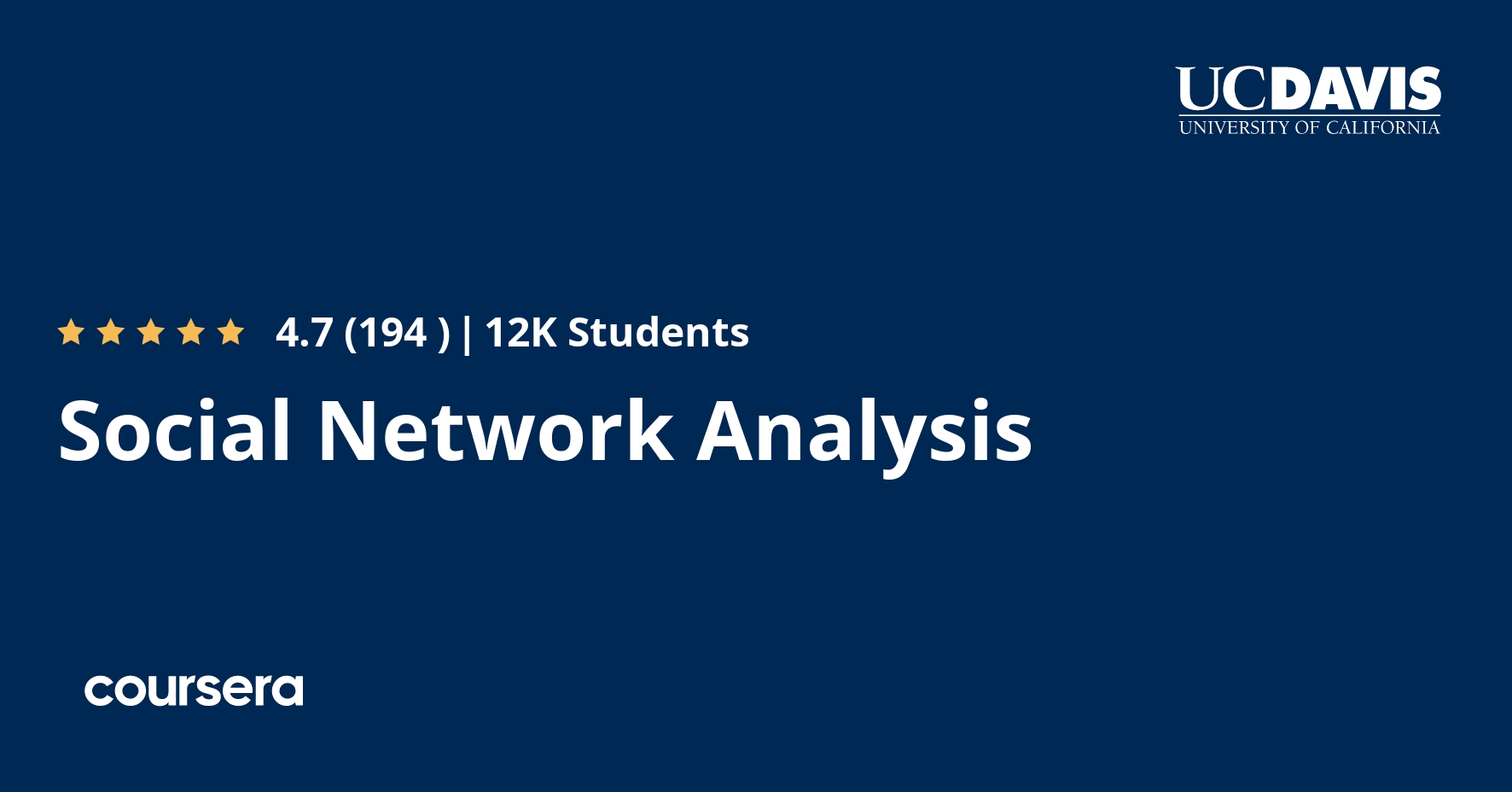Description
This course is designed to quite literally ‘make a science’ out of something at the heart of society: social networks. Humans are natural network scientists, as we compute new network configurations all the time, almost unaware, when thinking about friends and family (which are particular forms of social networks), about colleagues and organizational relations (other, overlapping network structures), and about how to navigate delicate or opportunistic network configurations to save guard or advance in our social standing (with society being one big social network itself). While such network structures always existed, computational social science has helped to reveal and to study them more systematically. In the first part of the course we focus on network structure. This looks as static snapshots of networks, which can be intricate and reveal important aspects of social systems. In our hands-on lab, you will also visualize and analyze a network with a software yourself, which will help to appreciate the complexity social networks can take on. During the second part of the course, we will look at how networks evolve in time. We ask how we can predict what kind of network will form and if and how we could influence network dynamics.
What you will learn
Getting Started and Formalizing Networks
In this module, you will be introduced to the concept of networks. You will be able to define networks and identify how data is transformed and analyzed in a network. You will able be able to discuss how to formalize networks.
Social Network Analysis
In this module, you will be able to discuss the structure of networks and be able to explain how a person can be the center of one. You will be able to discover the different types of language that networks use and be able to identify the three types of network measurements.
Analyzing a Network with Software
In this module, you will begin with a social network analysis lab activity. You will be able to do data wrangling of databases and visualize a network. You will be able to analyze a social network and also be able to examine other social network analysis through case studies.
Network Evolution
In this module, you will be able to identify the different types of social networks. You will be able to discuss what mechanisms generates these different types of networks and you will be able to explain how networks move from being static to dynamic.






